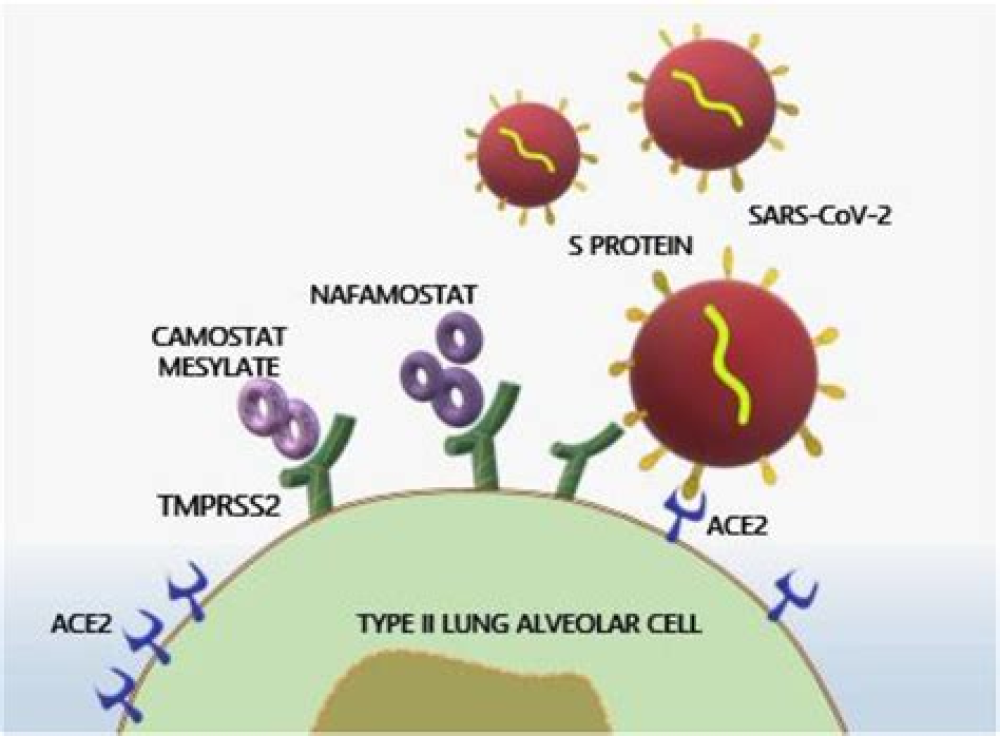Authors: FENGYU ZHANG AND MICHAEL D WATERS
Coronavirus disease 19 (COVID-19) caused by infection with a novel severe acute respiratory syndrome virus -2 (SARS-CoV-2) has evolved into a pandemic and a global public health emergency. The viral genomics, host cellular factors, and interactions are critical for establishing a viral infection and developing a related disease. This paper aims to provide an overview of viral genomics and discuss host cellular factors so far identified to be involved with the disease susceptibility. The novel pathogen is a beta coronavirus and one of seven that cause diseases in humans. It is a single strand positive-sense RNA genome virus that encodes 27 proteins, including the structural Spike protein that binds to host cell surface receptors and is a key for viral entry, and 16 nonstructural proteins that play a critical role in viral replication and virulence. While the angiotensin-converting enzyme, ACE2 receptor, and the proteases TMPRSS2 and furin are established as necessary for viral entry, host factors CD147, Cathepsins, DPP4, GRP78, L-SIGN, DC-SIGN, Sialic acid, and Plasmin(ogen) may also play a role in the viral entry. The Spike protein and nonstructural proteins, and various host factors working together may contribute to the infection kinetics, high infectivity, rapid transmission, and a spectrum of clinical manifestations of COVID-19. More importantly, they can serve as potential targets in developing strategies for therapeutical prevention and intervention.
For More Information: https://www.chemistryworld.com/the-coronavirus-pandemic-and-the-future/sars-cov-2-genomics-and-host-cellular-susceptibility-factors-of-covid-19/4013162.article
